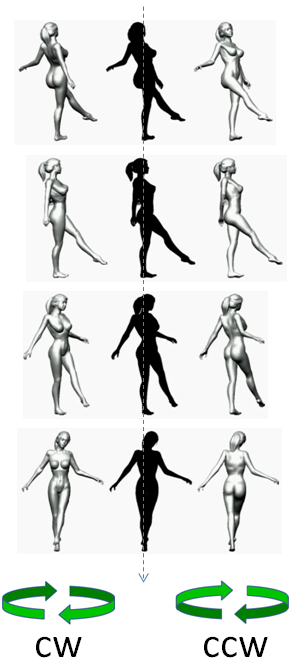It's no secret that humans are not the only species with circadian rhythm - a biological clock. Studying red bread mold may teach us how our own internal clock works and by experimenting with the fungus’ response to light and darkness, researchers can explore its reaction to different substances, food and temperatures.
Basically, giving mold jet lag may help us mitigate it in humans.
Scientists writing in Nature Genetics have produced the full genome of a wild strawberry plant.
The woodland strawberry - Fragaria vesca - is closely related to garden-variety cultivated strawberry and this berry contains large amounts of anti-oxidants (mainly tannins, the substances that give wine their astringency), as well as vitamins A, C and B12 and minerals – potassium, calcium and magnesium. In addition, the strawberry fruit is rich in substances for flavor and aroma.
The production of high quality chocolate will benefit from the recent sequencing and assembly of the chocolate tree genome - Theobroma cacao - considered by chocolate experts to produce the world's finest chocolate. The Maya domesticated this variety of Theobroma cacao, 'Criollo', about 3,000 years ago in Central America and it is among the oldest domesticated tree crops, though today many growers prefer to grow hybrid cacao trees ('Trinitario') that produce chocolate of lower quality but are more resistant to disease.
New findings indicate that weight gain of infants is influenced by not just formula versus breast feeding but also the type of formula the infant is consuming, which the researchers say could have implications related to the infant's risk for the development of obesity, diabetes and other diseases later in life.
Formula-fed babies gain more weight than breast-fed babies but the study set out to determine differences between formula types. Most infant formulas are cow's milk-based and alternatives include soy-based and protein hydrolysate-based formulas. Protein hydrolysate formulas contain pre-digested proteins and typically are fed to infants who cannot tolerate the intact proteins in other formulas.
In the Silhouette Illusion (video at the bottom), a silhouetted woman is seen spinning on one foot, her leg extended.
Scientists writing in Cognition have said that our ability to recognize and remember faces peaks at ages 30 to 34 - a decade later than most of our other mental abilities.
Some prior studies had suggested that face recognition might be slow to mature but fewer suspected that facial recognition might continue building for so many years into adulthood. The late-blooming nature of face recognition may simply be a case of practice making perfect.
 Study: Caloric Restriction In Humans And Aging
Study: Caloric Restriction In Humans And Aging Science Podcast Or Perish?
Science Podcast Or Perish? Type 2 Diabetes Medication Tirzepatide May Help Obese Type 1 Diabetics Also
Type 2 Diabetes Medication Tirzepatide May Help Obese Type 1 Diabetics Also Life May Be Found In Sea Spray Of Moons Orbiting Saturn Or Jupiter Next Year
Life May Be Found In Sea Spray Of Moons Orbiting Saturn Or Jupiter Next Year









